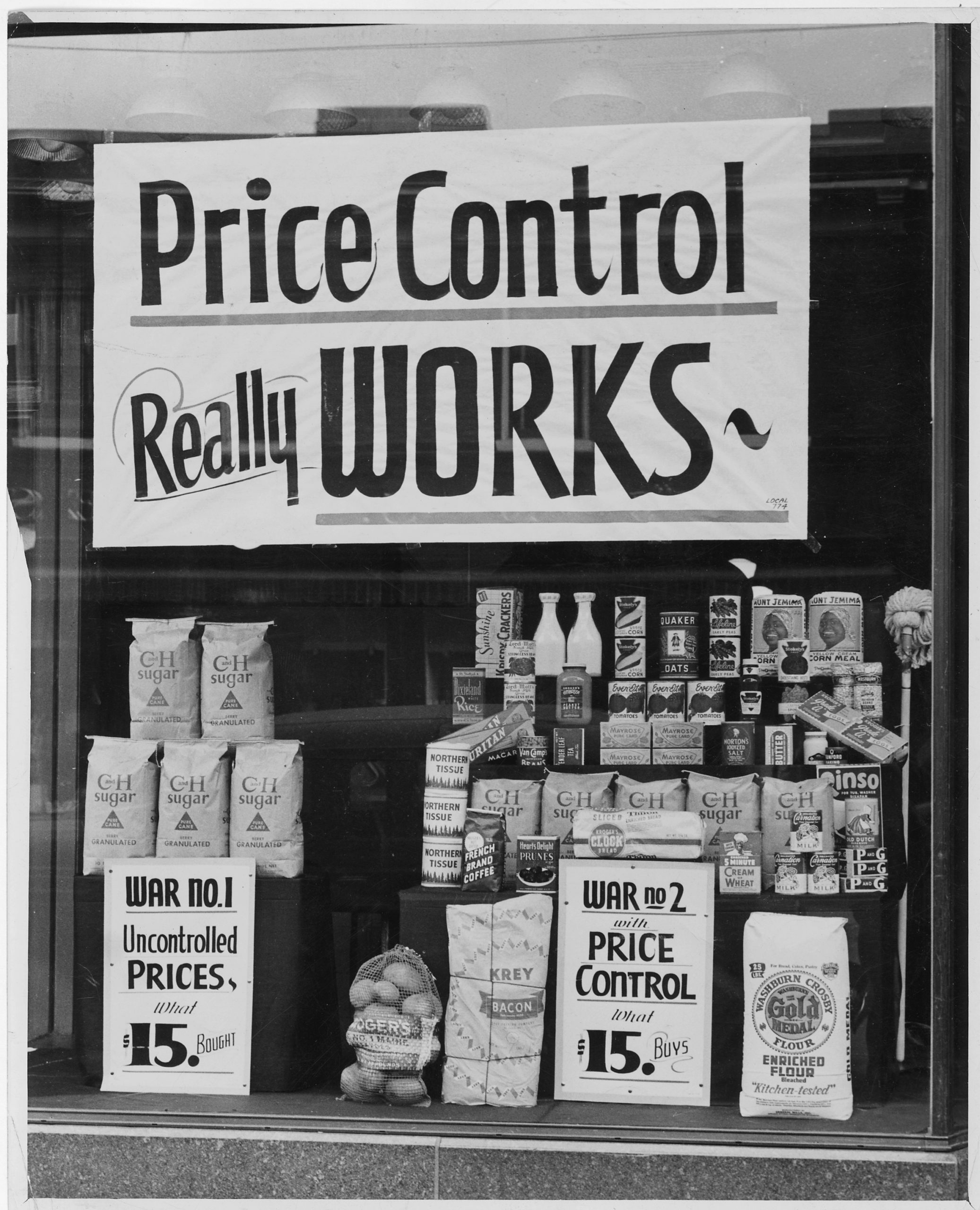CLARIFICATION ON THE RECOMMENDED CONTROL MODEL
Whenever PRICE CONTROL is mentioned, everyone begin to think of PRICE CEILINGS and PRICE FLOORS. Well, that is just the traditional model which may be alien to a FREE MARKET economy as mentioned in the first part (PART 1) of this presentation.
The PRICE CONTROL Act of 1972 (attached) and 1977 (attached) suggests the establishment of a PRICE CONTROL BOARD who will handle the fixing of prices of selected commodities without considering the producer or manufacturers. Although it prevents exploitation and promote fair pricing but does not balance the equation of profit and gains. Also, there are specific items scheduled for price control with penalties for defaulters. All these are considerations visible as at the time these acts were enacted. The realities are staring us in the face today and we can only but reapply the present day situation for a better pricing control.
Manufactured goods can be controlled by mandating manufacturers to tag their products with PRICE and DATE of manufacture and expiry for those items that have limited time before losing the quality. This will eliminate HOARDING which the government is spending so much to eradicate now. Such price tag, according to the PRICE CONTROL ACT must not be tampered or hidden by the sellers as tampering or hiding it will attract severe penalty.
The Act further stated that prices of goods must be stated per unit. There are those products in packets that sellers can reduce the quantity to maintain the price but when each unit is stated or labelled with price as the case may be, it will become difficult for anyone to tamper with quantity to maintain the price on the packets. That is, if it is a product that each item cannot be tagged and there are ten pieces, it should be stated on the packets and if it is a product that each item can be tagged, then the prices should be printed on each unit.
Price tag or label by manufacturers will make government to spend less in PRICE CONTROL because the government will require to monitor manufacturers mostly while the people will monitor the outlets and report erring outlets to the authority which may not necessarily be a board but security agencies in charge.
As well, the production and the expiry date will make no one interested in keeping products from the market since it has a limited time before expiry. In fact, NAFDAC (National Agency for Food and Drug Administration and Control) already have the mandate to monitor expired foods. NAFDAC will track all supplies and follow up to make sure they have been all sold out as at the time of expiry and if otherwise NAFDAC will have to decide whether it will be the loss of the manufacturer or the sale outlets where it expires after considering all the factors that caused the product to be kept till expiry.
Moreover, this will keep both manufacturers and sales outlets on their toes to market and sell their products before the time by making their products of best quality as possible.
Another important part of this PRICE CONTROL model is that HOARDING and all other similar sharp practices will be eliminated without much ado. When prices and production date are on the manufactured product and there is price change up or down, sales outlet cannot just change the prices of their product at will without considering the price printed on the products. The price of those products based on the time they were produced and the price tag on them will remain valid while new products will carry the new prices thus it is left for consumer to decide whether to buy the old product cheap or buy the new product costlier depending on whether prices go up or down. Ironically, it will also make the sellers maintain their profits on all products without any loss and unjust gains.
This aspect of the model is spearheaded by the manufacturer and therefore requires only monitoring and evaluation by the government. It will encourage free competition in the manufacturing sector as well as in the market and also make it easy for consumers to choose.
To be continued…





